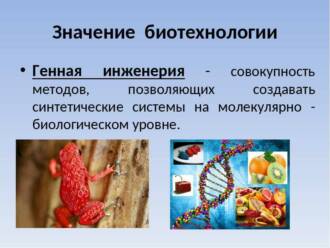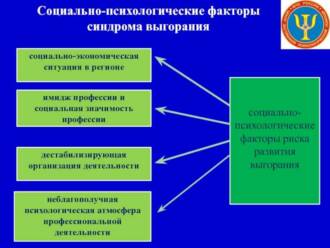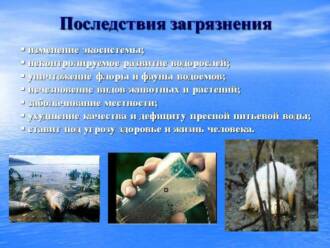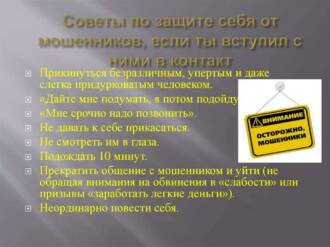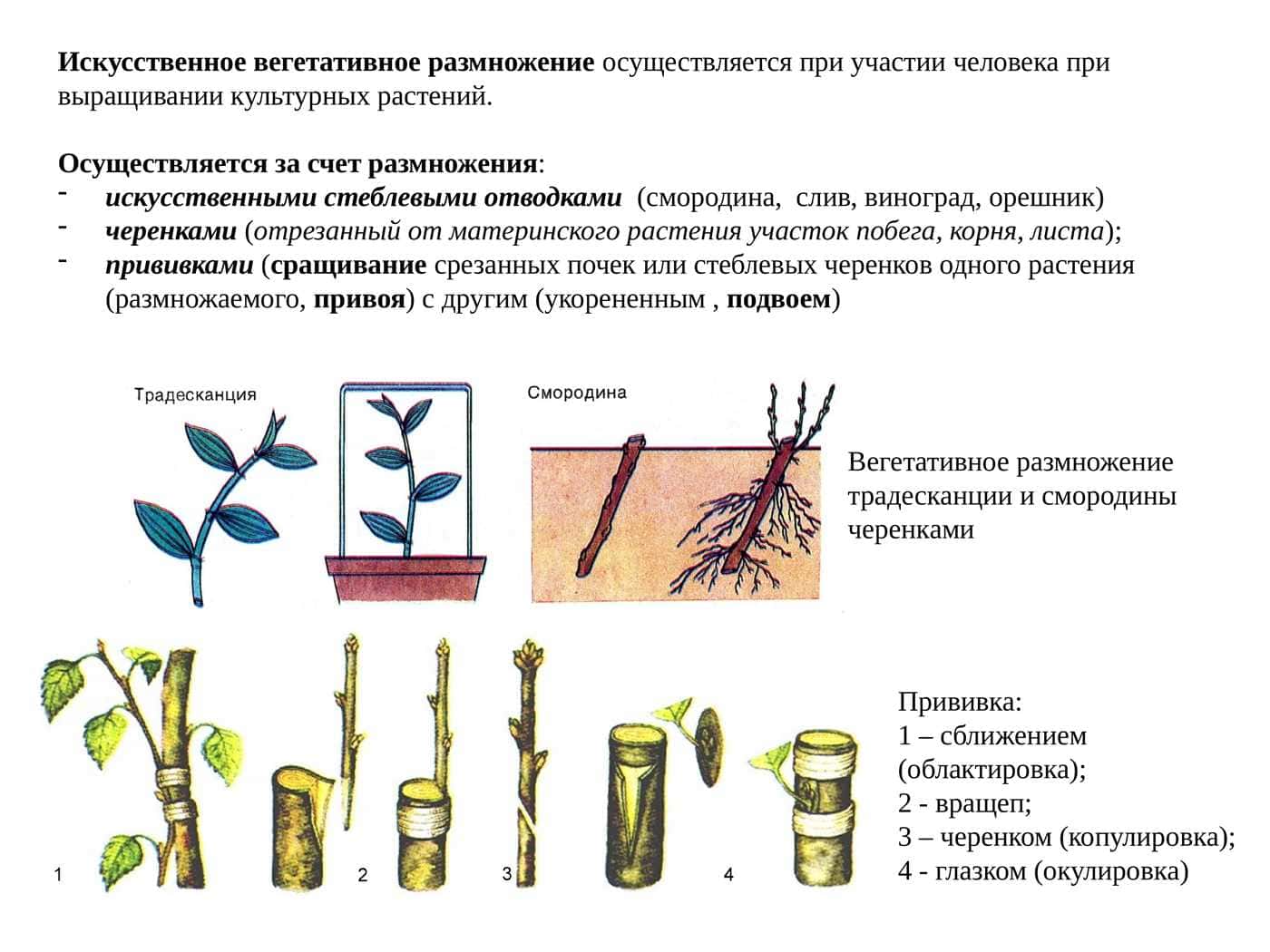
Butterflies are one of the most beautiful creatures of nature. Their bright colors and graceful wings attract the attention of people from all over the world. However, in recent decades, human interference with butterflies has become more common. Butterfly farming has become a popular hobby, but what are its nuances and dangers?
Artificial breeding of butterflies has its bright sides. It allows you to save and diversify the populations of various species of butterflies that are threatened with extinction. This is important for the conservation of biological diversity and the ecosystem as a whole. In addition, butterfly breeding can be an interesting and rewarding hobby for lovers of nature and animal sciences.
However, it is also necessary to pay attention to the dangers of artificial breeding of butterflies. First, it could lead to artificial changes in the genetic composition of butterfly populations, which could affect their ability to survive in the wild. Second, breeding butterflies in uncontrolled environments can lead to the release of introduced species into new areas, where they can become invasive and harm local ecosystems.
Thus, human intervention in butterflies through artificial breeding has its pros and cons. It is important to carry out such activities with care and responsibility in order to preserve biological diversity and prevent negative consequences for nature.
History of artificial breeding

Artificial breeding is a process in which man controls the reproduction and breeding of animals and plants, choosing certain traits and properties to improve the population. This practice has a long history dating back to ancient times.
One of the earliest examples of artificial breeding is the breeding of dogs. In ancient Egypt and Babylonia, people began to choose the strongest and smartest dogs for breeding in order to get stronger and smarter offspring. Thus, various breeds of dogs were gradually bred.
Artificial breeding was also used in agriculture to improve the quality of plants and products. Man chose the best plants for propagation in order to get strong and productive crops. This process led to the crops we use today.
With the development of science and technology, artificial breeding has become even more complex and precise. With the help of genetic engineering, researchers can change the genes of organisms to obtain desired properties. This opens up new opportunities for improving populations and creating new species.
However, despite all the advantages of artificial breeding, there are certain dangers. Uncontrolled breeding and alteration of genes can lead to negative consequences, such as the appearance of genetic defects or the extinction of natural species. Therefore, it is important to balance the benefits and risks of artificial breeding in order to preserve the biodiversity and ecosystems of our planet.
Genetic changes in artificially bred butterflies
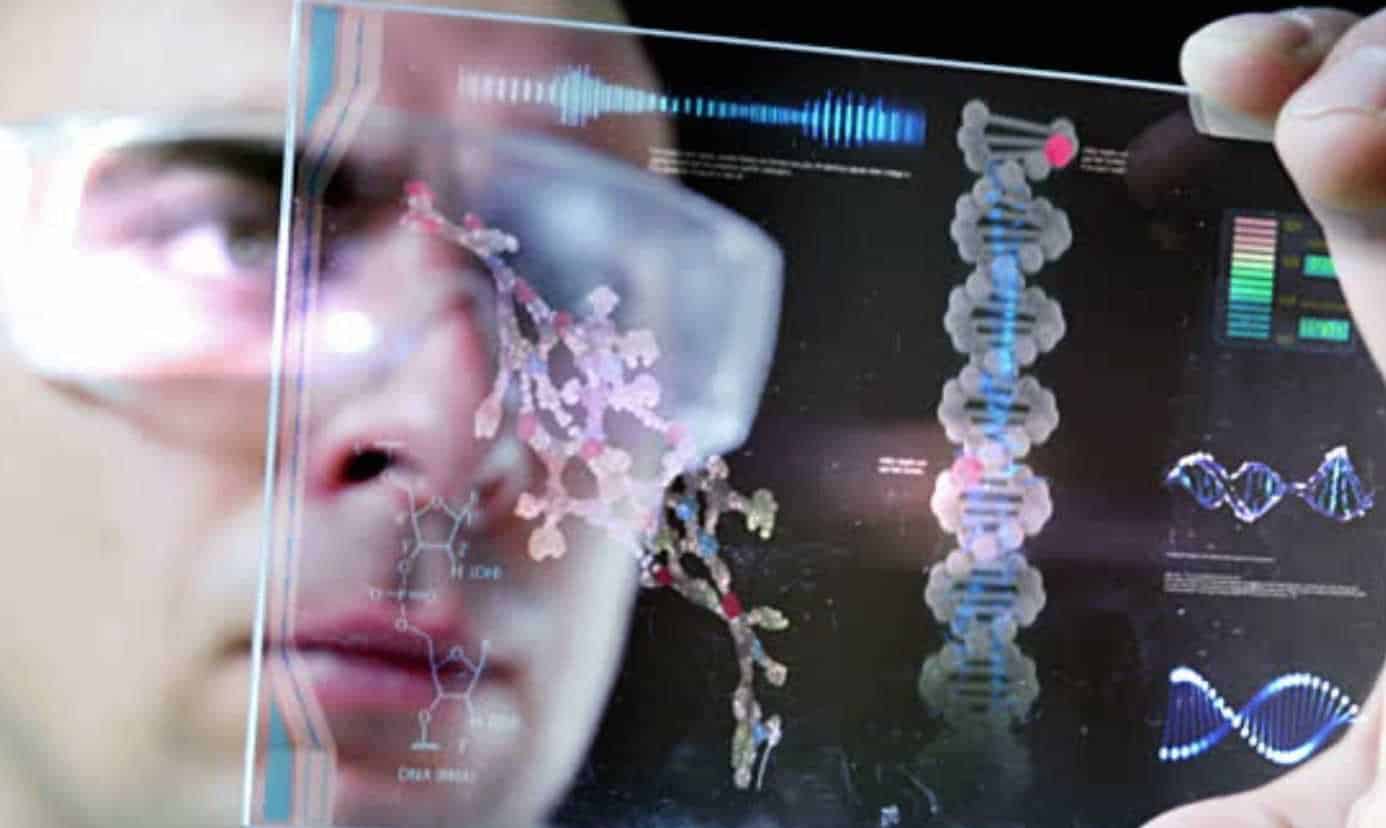
Artificial breeding of butterflies allows you to get genetic changes that can be useful for scientific and practical purposes. Such changes may include an increase in wing size, a change in color, or an increase in lifespan. By selecting and breeding individuals with desired genetic characteristics, a population of butterflies can be created that has certain properties.
However, genetic changes in artificially bred butterflies can also have negative consequences. For example, an increase in the size of the wings can lead to an imbalance in their weight and body mass, which can make flight difficult and impair the maneuverability of butterflies. Also, the color change can make them more visible to predators, making them more likely to survive in the wild.
In addition, genetic changes can lead to a decrease in the genetic diversity of a butterfly population. When closely related individuals are crossed, negative recessive genetic characteristics may appear, which can lead to poor health and survival of the offspring. Thus, it is necessary to take into account the potential dangers of artificial breeding of butterflies and take measures to preserve the genetic diversity and health of the population.
The role of man in the conservation and destruction of natural populations of butterflies
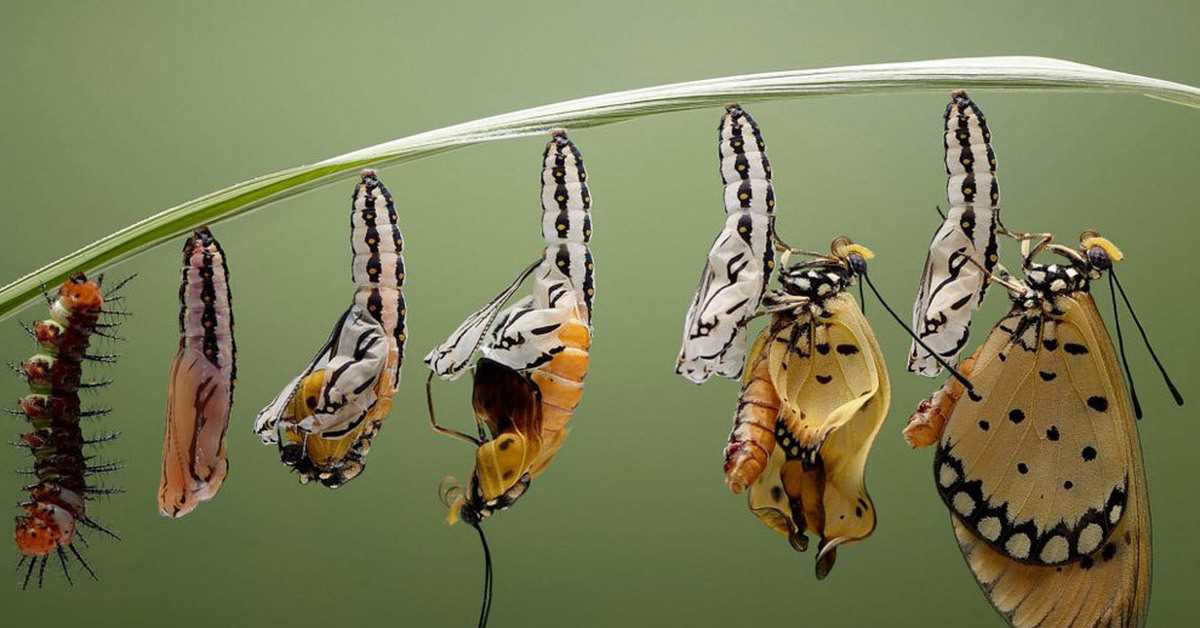
Man plays an important role in the conservation and destruction of natural populations of butterflies. On the one hand, people can create and maintain favorable conditions for the habitat of these beautiful insects. They can create special gardens with plants that attract butterflies and provide food and shelter for them. Also, people can fence off areas inhabited by rare species of butterflies to protect them from unwanted interference.
On the other hand, human activities can harm butterfly populations. Urban expansion and industrial development lead to the destruction of the natural habitats of butterflies, which can lead to a decrease in populations and even the extinction of individual species. The use of pesticides in agriculture can also adversely affect butterflies by destroying their larvae and reducing the fertility of plants that serve as their food source.
However, if a person consciously behaves in relation to natural populations of butterflies, he will be able to contribute to their conservation. It is necessary to strive for a balanced use of natural resources, avoid the use of harmful chemicals and support the ecosystems in which butterflies live. It is also important to carry out scientific research and monitoring of butterfly populations in order to have an idea of their condition and take appropriate measures to protect them.
Ecological consequences of artificial breeding of butterflies
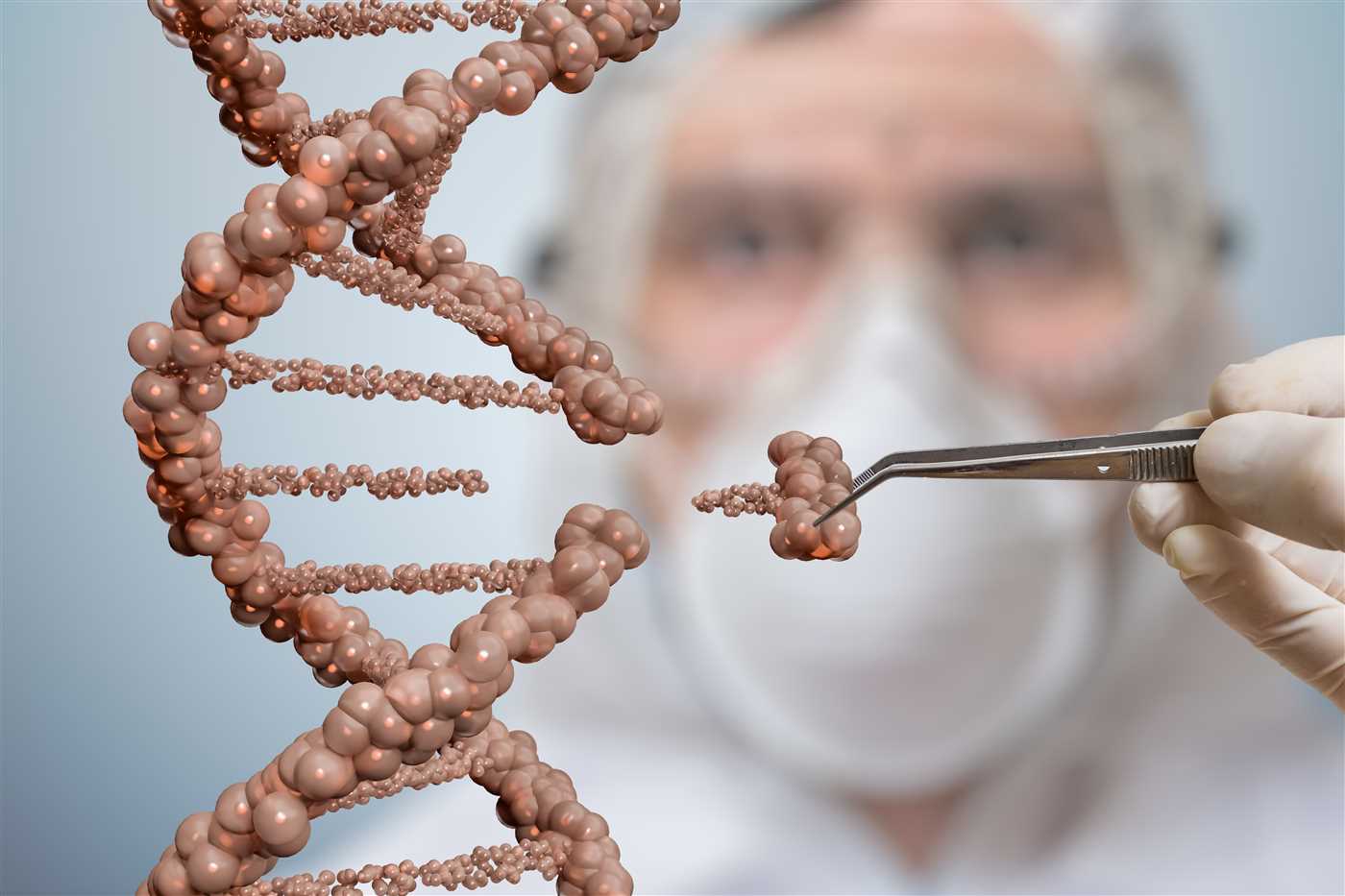
Butterfly farming can have both positive and negative environmental impacts. On the one hand, this allows you to save some species of butterflies that are endangered due to the loss of natural habitats. Artificial breeding allows you to create and maintain their populations under controlled conditions.
However, on the other hand, artificial breeding of butterflies can lead to negative consequences. First, it can lead to mixing of the genetic material of different populations and species of butterflies, which can lead to a loss of genetic diversity and an increase in the risk of extinction. Second, artificial breeding can disrupt natural biological processes in butterfly populations, such as natural selection and adaptation to changing environmental conditions.
Moreover, artificial breeding of butterflies can lead to an unbalanced increase in their populations, which can cause ecological imbalance and negative impacts on other species and the ecosystem as a whole. For example, if the population of a certain butterfly species becomes too large, they may compete with other species for food or breeding sites, which can lead to a decrease in the number of other species and an ecological imbalance.
Thus, the artificial breeding of butterflies has both positive and negative environmental consequences. When carrying out such activities, it is necessary to take into account all aspects and balance the interests of species conservation and ecosystem protection.
Ethical aspects of artificial breeding of butterflies

Artificial breeding of butterflies is a complex and multifaceted process, in which there are not only technical and scientific aspects, but also ethical issues. One of the main ethical aspects is the conservation of biodiversity and natural ecosystems in which butterflies live.
Artificial breeding of butterflies can lead to the extinction of wild populations and disruption of the ecological balance. Therefore, it is important to establish rules and restrictions on butterfly breeding in order to avoid negative consequences for nature. It is necessary to take into account the characteristics of each butterfly species and its interaction with other species and organisms in the ecosystem.
In addition, ethical questions arise in relation to the process of breeding butterflies. Uncontrolled breeding by artificial methods can lead to genetic changes and degradation of the population. Therefore, it is necessary to monitor the quality of the genetic material, avoid inbreeding and prevent the occurrence of genetic defects.
It is also important to consider the well-being and well-being of butterflies that are in conditions of artificial breeding. They need to be protected from stress, eat well and have a comfortable breeding environment. At the same time, it is necessary to avoid the exploitation of butterflies and their use only as a decorative element.
In general, butterfly farming must be carried out ethically and within rules and regulations to ensure the conservation of natural ecosystems and the well-being of the butterflies themselves.
The Future of Butterfly Farming
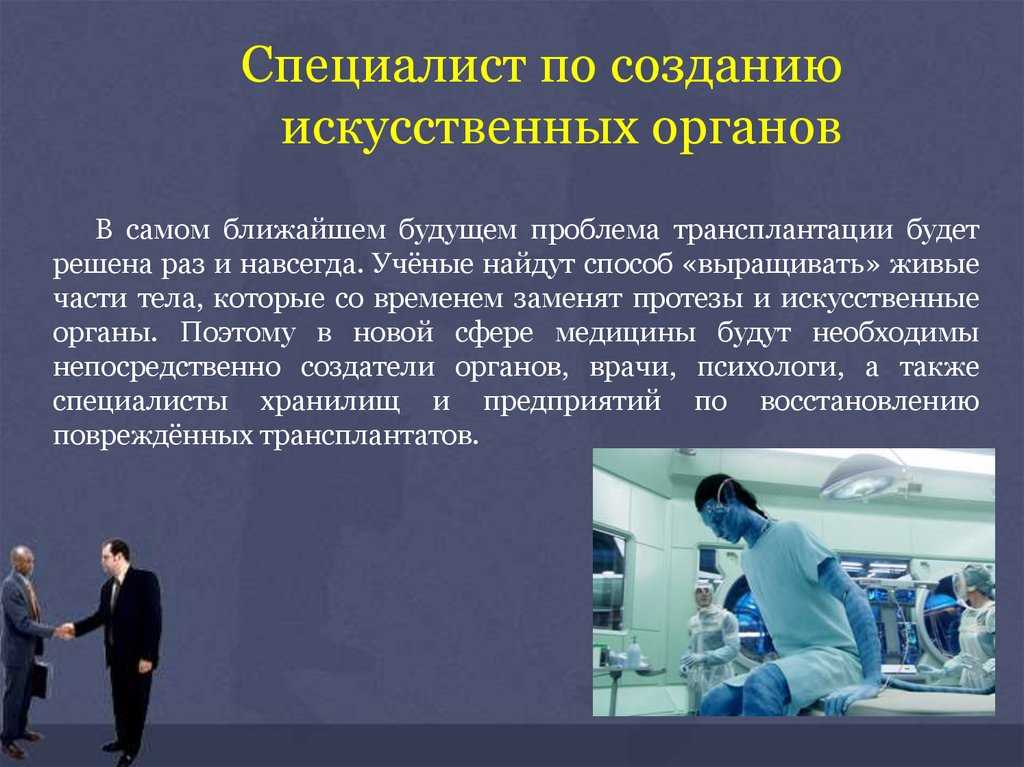
Butterfly breeding is an important practice that can have a significant impact on the conservation and diversity of this amazing species of our nature. However, the future of this process depends on a number of factors that need to be considered and analyzed.
Firstly, further research is needed to better understand the effects of artificial breeding on butterflies. Research can help us determine the optimal conditions for breeding and raising butterflies, as well as understand which species may be the most vulnerable or in greatest demand.
Secondly, it is important to develop artificial breeding management strategies to minimize possible negative effects. For example, it is necessary to set limits on the number of breeding butterflies in order not to upset the ecological balance and avoid potential competition with natural populations.
Third, it is important to focus on education and public awareness of the importance of artificial breeding of butterflies. An informed society can make the right decisions and support efforts to conserve and breed butterflies, as well as contribute to the development of scientific research in this area.
Fourth, it is important to establish international standards and norms for artificial breeding of butterflies. This will regulate the process and ensure its effectiveness and sustainability at the global level.
In conclusion, the future of butterfly farming depends on our efforts in research, management, education and setting international standards. Only by joint efforts can we ensure the preservation and diversity of this fragment of nature for future generations.

